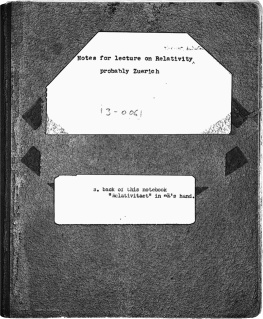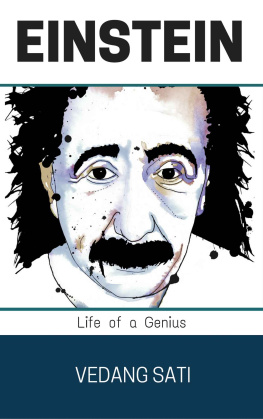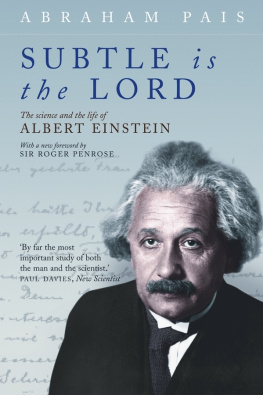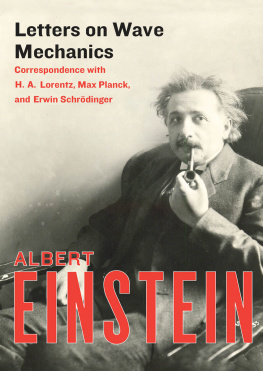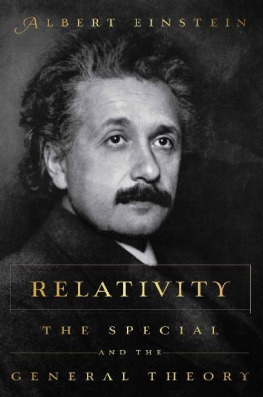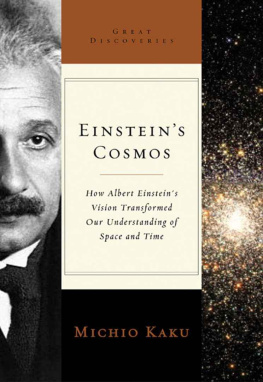Alessandra Buonanno - Einstein Was Right
Here you can read online Alessandra Buonanno - Einstein Was Right full text of the book (entire story) in english for free. Download pdf and epub, get meaning, cover and reviews about this ebook. year: 2020, publisher: Princeton University Press, genre: Home and family. Description of the work, (preface) as well as reviews are available. Best literature library LitArk.com created for fans of good reading and offers a wide selection of genres:
Romance novel
Science fiction
Adventure
Detective
Science
History
Home and family
Prose
Art
Politics
Computer
Non-fiction
Religion
Business
Children
Humor
Choose a favorite category and find really read worthwhile books. Enjoy immersion in the world of imagination, feel the emotions of the characters or learn something new for yourself, make an fascinating discovery.
- Book:Einstein Was Right
- Author:
- Publisher:Princeton University Press
- Genre:
- Year:2020
- Rating:3 / 5
- Favourites:Add to favourites
- Your mark:
- 60
- 1
- 2
- 3
- 4
- 5
Einstein Was Right: summary, description and annotation
We offer to read an annotation, description, summary or preface (depends on what the author of the book "Einstein Was Right" wrote himself). If you haven't found the necessary information about the book — write in the comments, we will try to find it.
Einstein Was Right — read online for free the complete book (whole text) full work
Below is the text of the book, divided by pages. System saving the place of the last page read, allows you to conveniently read the book "Einstein Was Right" online for free, without having to search again every time where you left off. Put a bookmark, and you can go to the page where you finished reading at any time.
Font size:
Interval:
Bookmark:
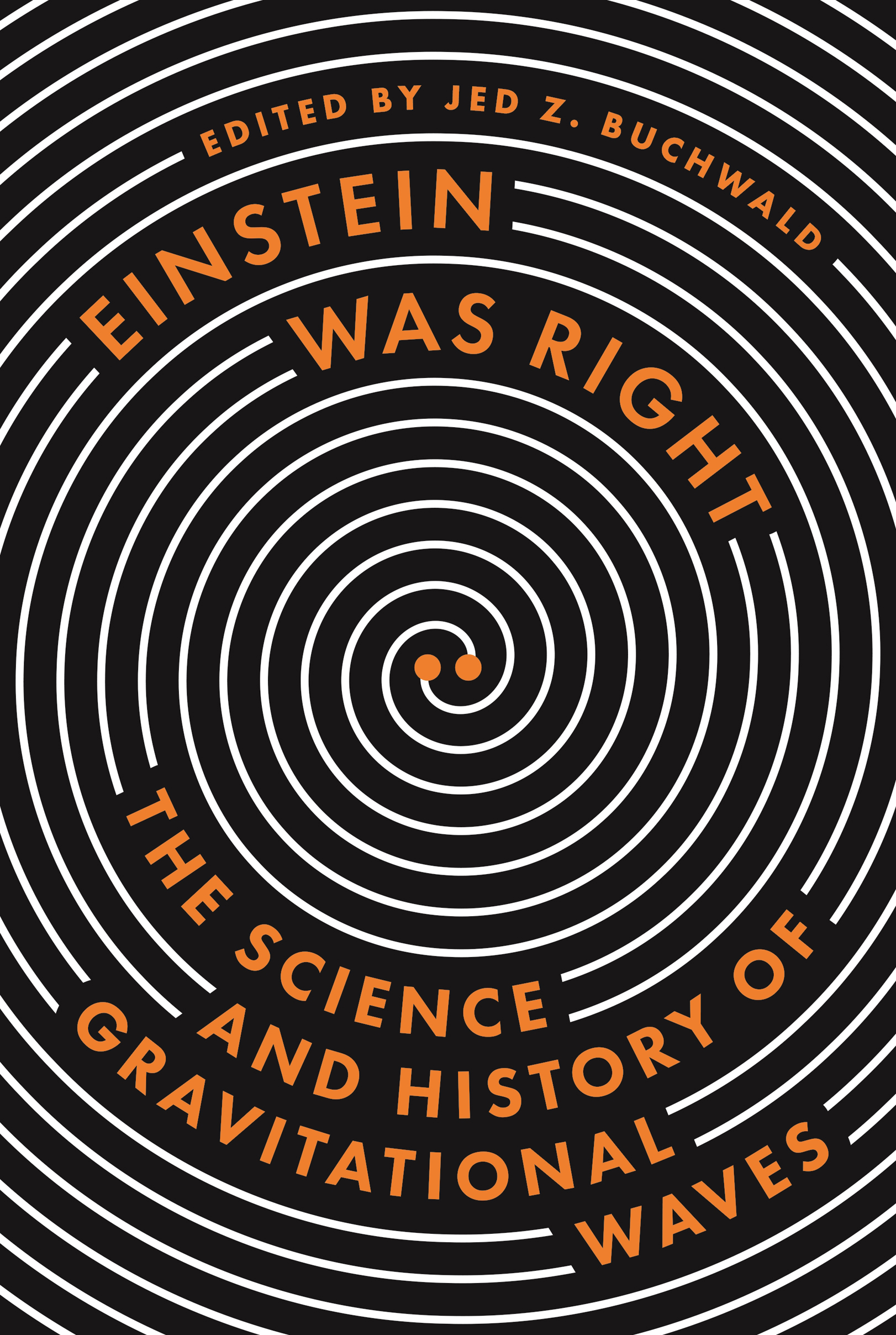
Einstein Was Right
Einstein Was Right
The Science and History of Gravitational Waves
EDITED BY
Jed Z. Buchwald
PRINCETON UNIVERSITY PRESS
Princeton and Oxford
Copyright 2020 by Princeton University Press
Requests for permission to reproduce material from this work should be sent to permissions@press.princeton.edu
Published by Princeton University Press
41 William Street, Princeton, New Jersey 08540
6 Oxford Street, Woodstock, Oxfordshire OX20 1TR
press.princeton.edu
All Rights Reserved
ISBN 978-0-691-19454-7
ISBN (e-book) 978-0-691-21197-8
Version 1.0
British Library Cataloging-in-Publication Data is available
Editorial: Jessica Yao and Arthur Werneck
Production Editorial: Brigitte Pelner
Text and Jacket Design: Chris Ferrante
Production: Jacquie Poirier
Publicity: Matthew Taylor (US) and Katie Lewis (UK)
- VII
- DIANA KORMOS BUCHWALD
- TILMAN SAUER
- BARRY C. BARISH
- KIP S. THORNE
- ALESSANDRA BUONANNO
- DANIEL KENNEFICK
- JRGEN RENN
- HARRY COLLINS
- DIANA KORMOS BUCHWALD
- DON HOWARD
DIANA KORMOS BUCHWALD
The GR100 conference in Pasadena, California celebrating the centenary of the general theory of relativity and Albert Einsteins first paper on gravitational waves was many years in the making. The hope that gravitational waves would actually be directly detected by the year 2016 had been on our minds at least since the early 2000s, when the Einstein Papers Project, in collaboration with colleagues across the Institute, envisaged convening two large events separated by more than a decade that would bring together not only historians of science but also physicists, astronomers, and engineers working in relativistic fields to commemorate Einsteins 1905 annus mirabilis as well as his 19151916 papers on general relativity. But the post9/11 restrictions on travel that prevented foreign scholars from easily attending US conferences meant that such larger gatherings would be international only in name. We therefore designed a series of individual lectures for 20042005 and proceeded to eagerly await news of gravitational waves over the next decade.
In April 2014, Kip Thorne, by then officially retired from Caltech, wrote Barry Barish:
Dear Barry
You may recall that a few months ago we talked about the possibility of an Einstein/general relativity celebratory event at Caltech. Diana Kormos-Buchwald has raised this issue with me again; see the attached email. If something were done in the 2016 time frame, it might coincide with the discovery of gravitational waves, or with putting improved limits on them. 1916 was Einsteins classic paper on gravitational waves. Thus, the natural connection to LIGO.
Thanks and best wishes,
Kip
That same day, Barish replied:
Kip / Diana,
Yes, I recall our earlier discussion and am enthusiastic about having this Einstein event at Caltech. I would be happy to step into your big shoes, Kip, and work with Diana to organize physics participation in the program, organization, etc.
If you agree, Diana and I can then arrange to get together, and then I will follow-up with Tom Soifer, Dave Reitze and others.
Barry
I visited Barish shortly afterward in his small office in West Bridge. Quiet chatter among those close to the inner circles of LIGO cognoscenti was by then indicating that good news was expected in the near future. But he was neither willing nor unwilling to declare by when gravitational waves would definitively be confirmed, though he seemed to suggest that the last week of Caltechs winter term 20152016, meaning mid-March 2016, would be a good bet. Barish accordingly held preliminary meetings with Caltechs Physics, Mathematics, and Astronomy Division (PMA) leadership. In September 2014, we followed up with Hirosi Ooguri, vice-chair of the Division. By October 2014, Jrgen Renn, expert in the history of general relativity, was selected by the Division of the Humanities and Social Sciences (HSS) as the recipient of the biannual Bacon Award in the History of Science.
From October 2014 to March 2016, the main organizers and a large number of colleagues exchanged more than 1,400 emails to bring the event celebrating the centenary of Einsteins gravitational-waves paper to fruition. Well-attended lectures were held both at the Huntington and at Caltech over a period of three days, despite occasionally heavy rain.
General Relativity at One Hundred: The Sixth Biennial Bacon Conference, 1012 March 2016, Pasadena, CA, was co-sponsored by the Bacon Foundation, the Walter Burke Institute for Theoretical Physics and the Divisions of the Humanities and Social Sciences and Physics, Mathematics and Astronomy at Caltech, and by the Research Department of the Huntington.
An exhibition documenting how Einstein formulated his theory of general relativity was on view during the month preceding the GR100 conference. The opening lecture on February 16 was delivered by Professor Hanoch Gutfreund, former president and chair of Theoretical Physics at the Hebrew University. The exhibition comprised facsimiles of selected highlights of Einsteins manuscripts from the years 1907 to 1916, calculations, letters to colleagues, photographs, and books, all materials housed at the Hebrew University of Jerusalem.
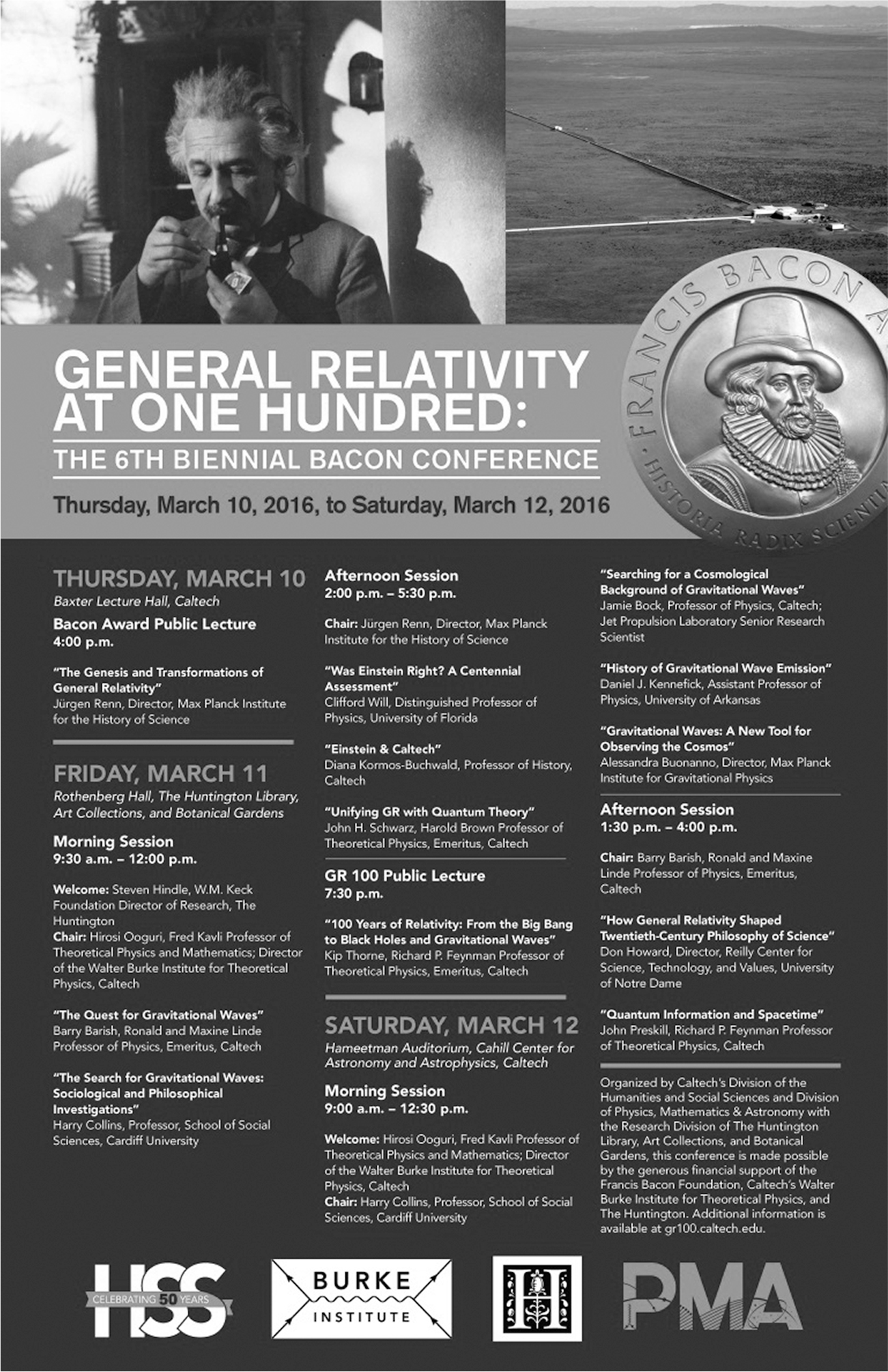
FIGURE 0.1. Poster for the GR100 Conference, March 1012, 2016.
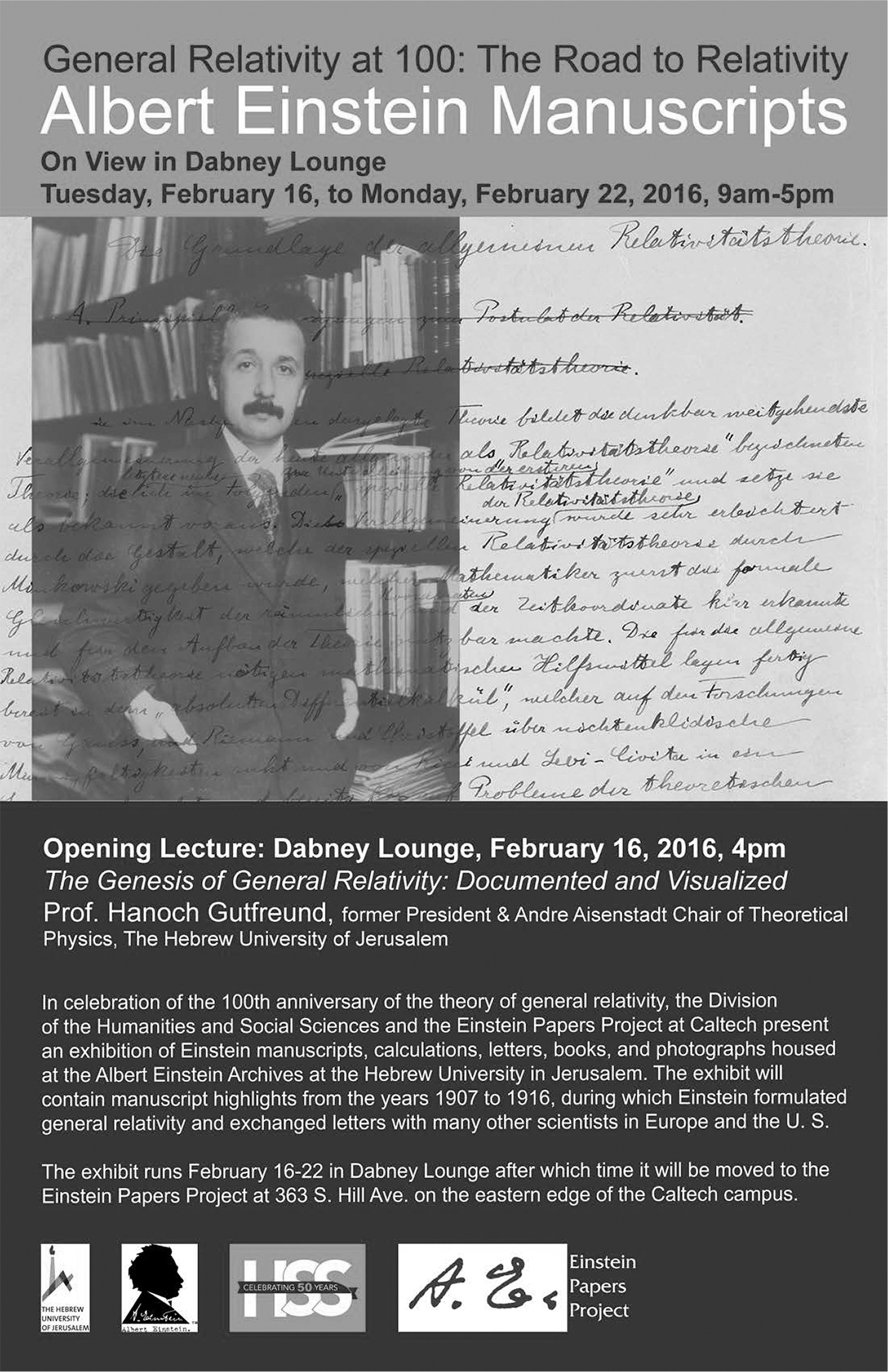
FIGURE 0.2. Poster of manuscripts and books exhibition preceding conference.
The conference also commemorated Albert Einsteins connections to Caltech, where he spent three academic terms as a visiting scientist during the years 1931 to 1933, the only US university at which Einstein held an appointment (albeit a temporary one). His links to the Institute reached back to 1913, when he famously inquired of George Ellery Hale whether the bending of light in the vicinity of the Sun could be observed during daytime.
TILMAN SAUER
The first direct observational detection of gravitational waves by the Laser Interferometer Gravitational-Wave Observatory (LIGO) consortium on September 14, 2015, was a momentous event in the history of science. It shares a number of features with another decisive event of the previous century, the first direct observational detection of gravitational light bending during the solar eclipse of May 25, 1919. This, too, was a tiny effect predicted by a bold theory but was barely detectable given the days technology. Its observational confirmation, like that of LIGO, took many years of preparation and involved failed attempts, its case made more difficult by the adversities of war and international hostility. Yet both investigations provided strong support for Einsteins theory of general relativity, a theory grounded on a willingness to question and seriously modify deeply entrenched notions of space and time.
Soon after the historic event took place, a meeting of leading scientists, historians, and philosophers was held at the California Institute of Technology to reflect on Einsteins legacy and to discuss its enduring validity. The meeting, which had been planned before the LIGO observation took place, reflected a centenary of Einsteins general theory. As it turned out, the detection occurred almost exactly a hundred years after Einstein published his foundational field equations. The meeting at Caltech, and the present volume, bring together leaders of the LIGO project with historians and sociologists of science to reflect on the event and its implications. The accounts in this volume offer a virtual participation in the process of science in the making, accompanied by informed historical, sociological, and philosophical reflection.
Font size:
Interval:
Bookmark:
Similar books «Einstein Was Right»
Look at similar books to Einstein Was Right. We have selected literature similar in name and meaning in the hope of providing readers with more options to find new, interesting, not yet read works.
Discussion, reviews of the book Einstein Was Right and just readers' own opinions. Leave your comments, write what you think about the work, its meaning or the main characters. Specify what exactly you liked and what you didn't like, and why you think so.

